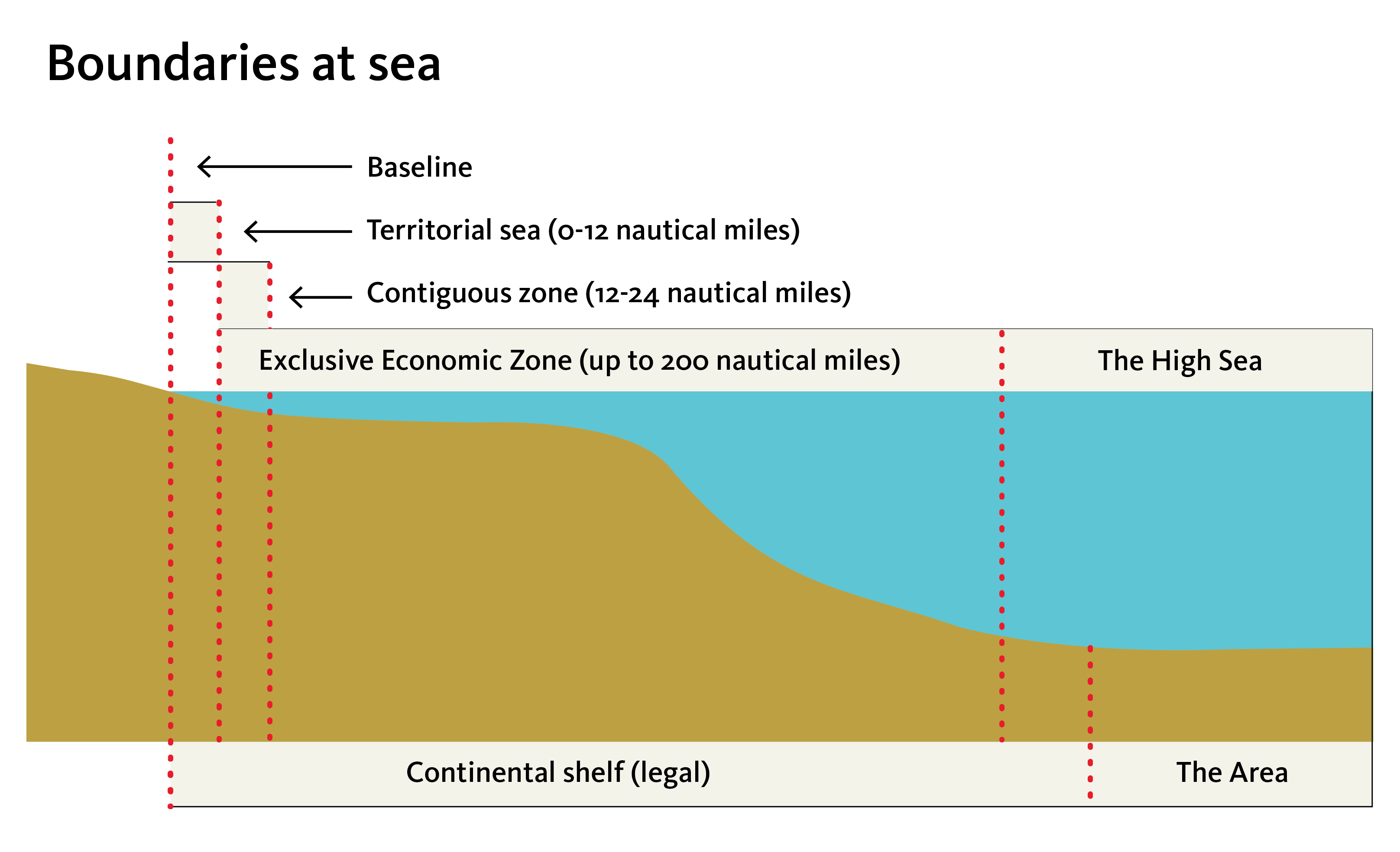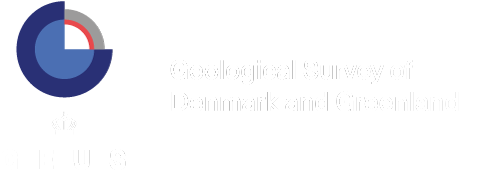The United Nations Convention on the Law of the Sea
The principle of Mare Liberum (The Freedom of the Seas) was described by the Dutchman Hugo Grotius in 1608 and since then it has been the foundation of the international law of the sea.
So far, the existing convention on the law of the sea marks the end of a development that picked up speed after World War II where larger and larger parts of the continental shelf were placed under the jurisdiction of the coastal states, especially when it came to the exploitation of resources in the water, on the seabed and below. The Convention on the Law of the Sea gives the coastal states the right to an Exclusive Economic Zone (EEZ) up to 200 nautical miles (1 nautical mile = 1852 metres). Furthermore, Article 76 in The United Nations Convention on the Law of the Sea makes it possible for coastal states to extend their continental shelf beyond 200 nautical miles.
What resources within the extended continental shelf is a coastal state allowed to use?
Beyond the Exclusive Economic Zone, the coastal state solely has the right to use the resources on and under the seabed. In other words: resources in the water (such as fish) are not included. If resources are exploited inside of the extended continental shelf, a fee must be paid to the International Seabed Authority according to fixed rules. Beyond the continental shelf, the resources belong to mankind and they are managed by the International Seabed Authority, which is based in Jamaica.
On 29 April 2003, the Danish government decided that Denmark should ratify the 1982 United Nations Convention on the Law of the Sea.
Since then, the governments of the Faroe Islands and Greenland have endorsed this decision. Denmark ratified the Convention on the Law of the Sea on 16 November 2004.


